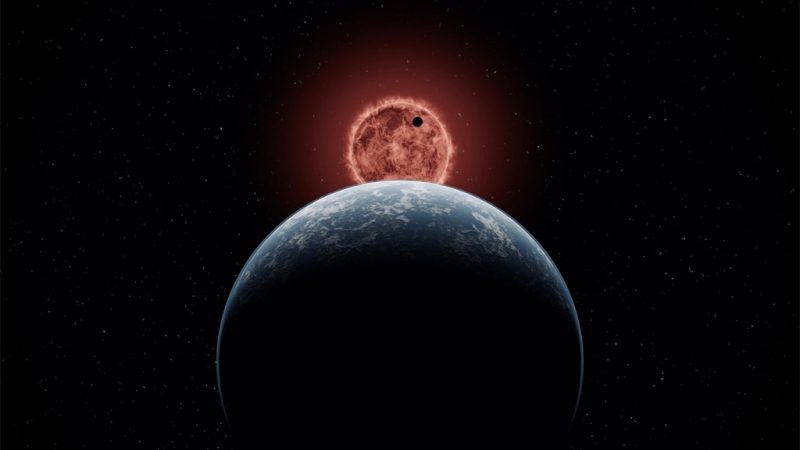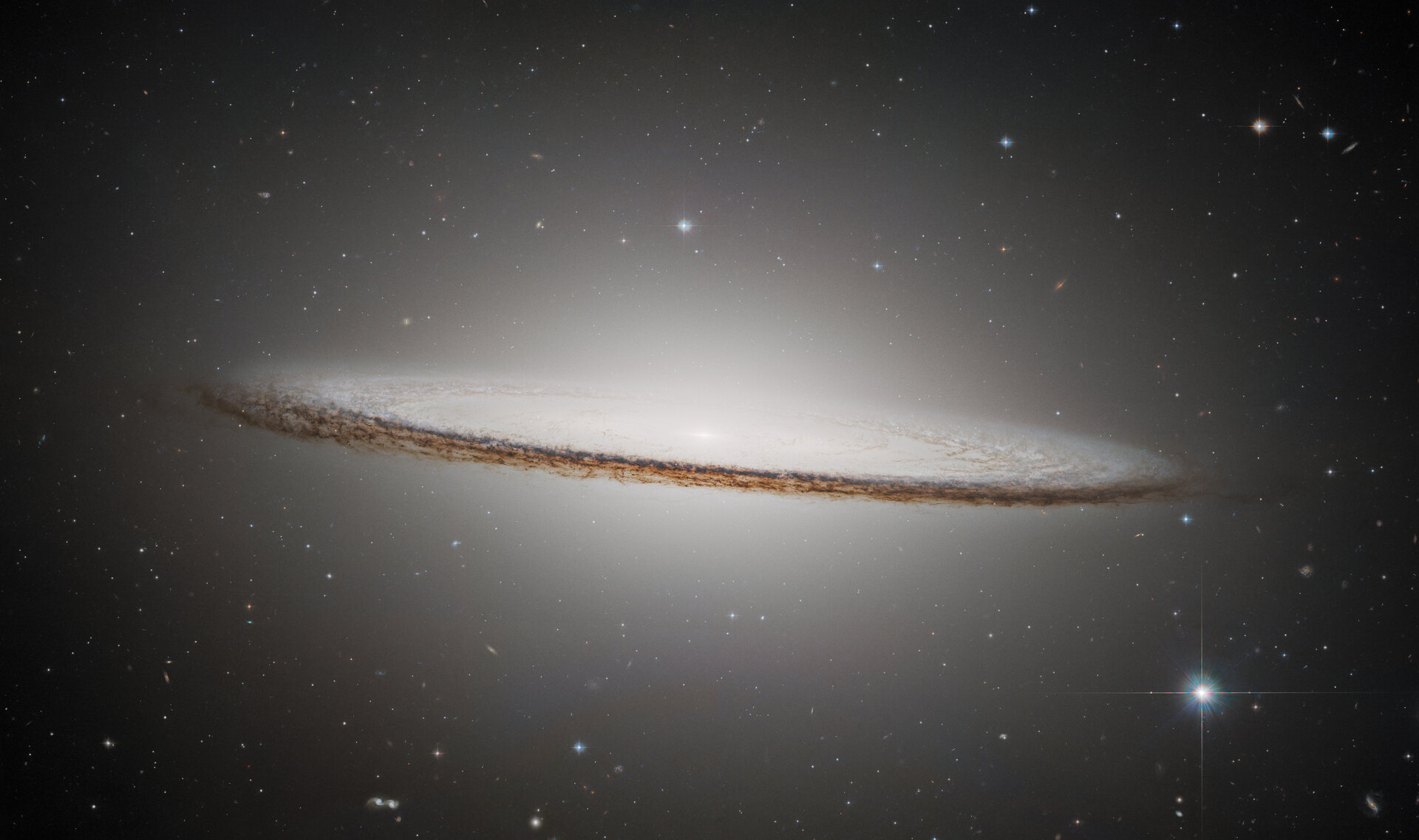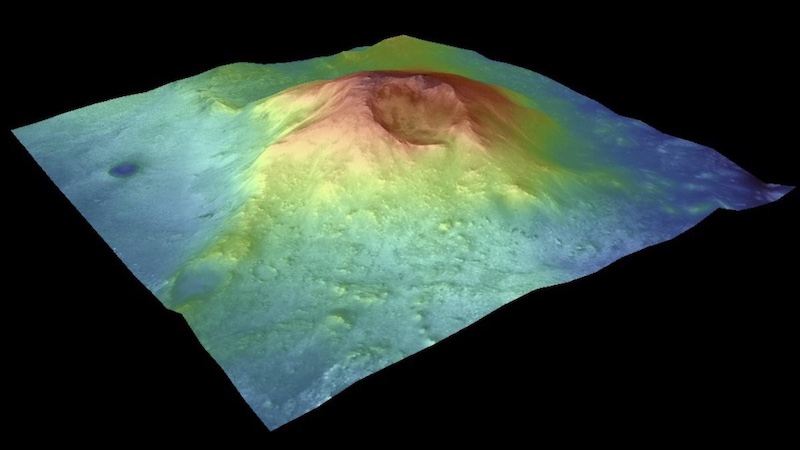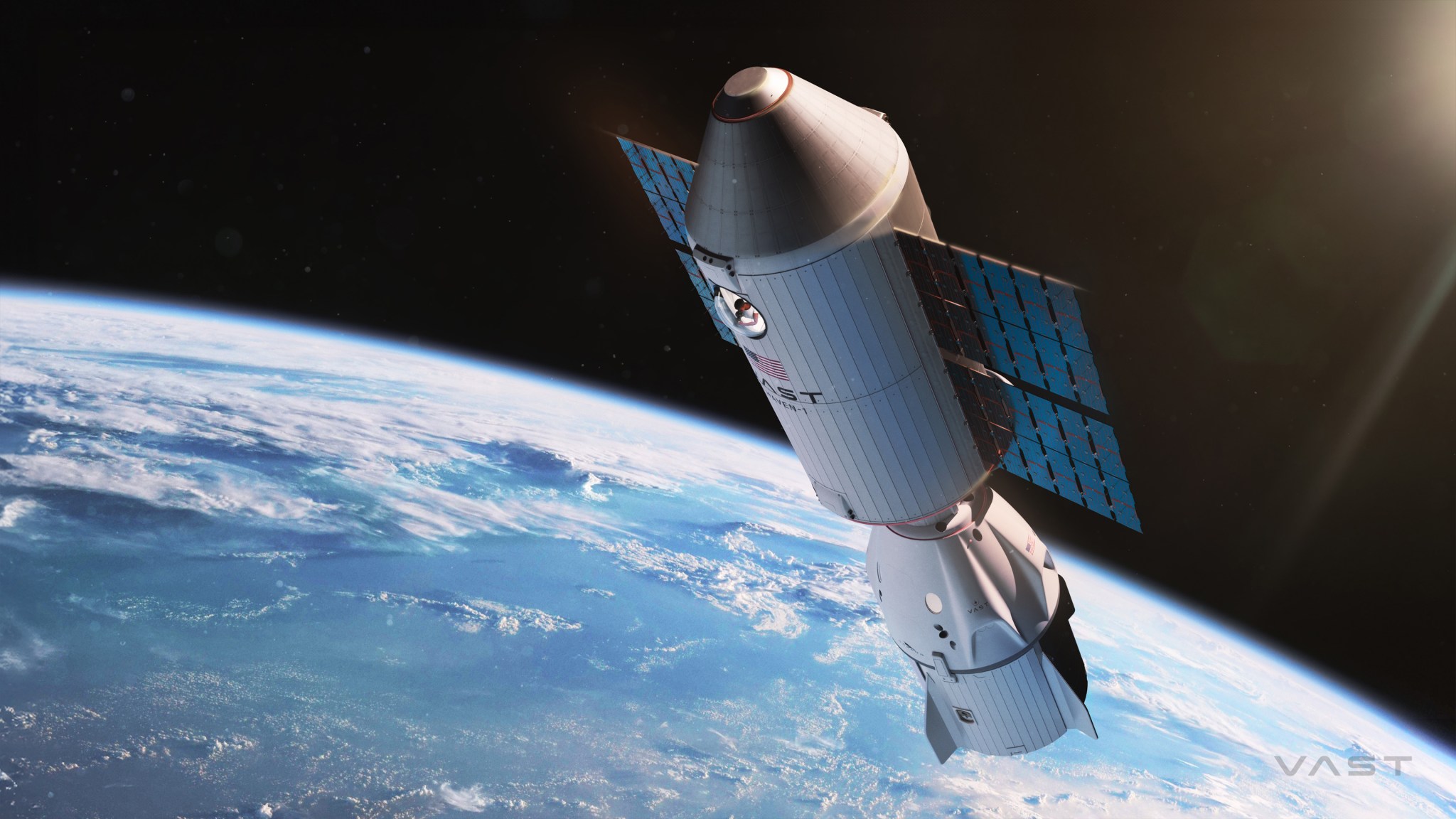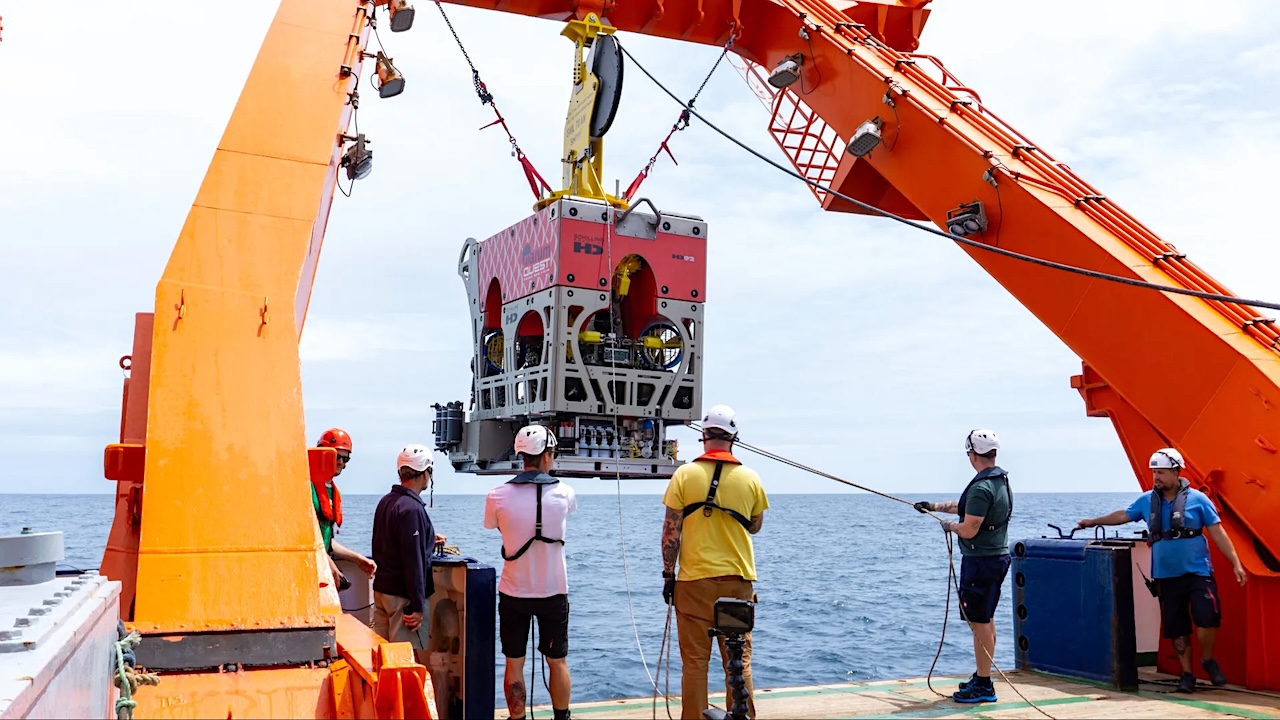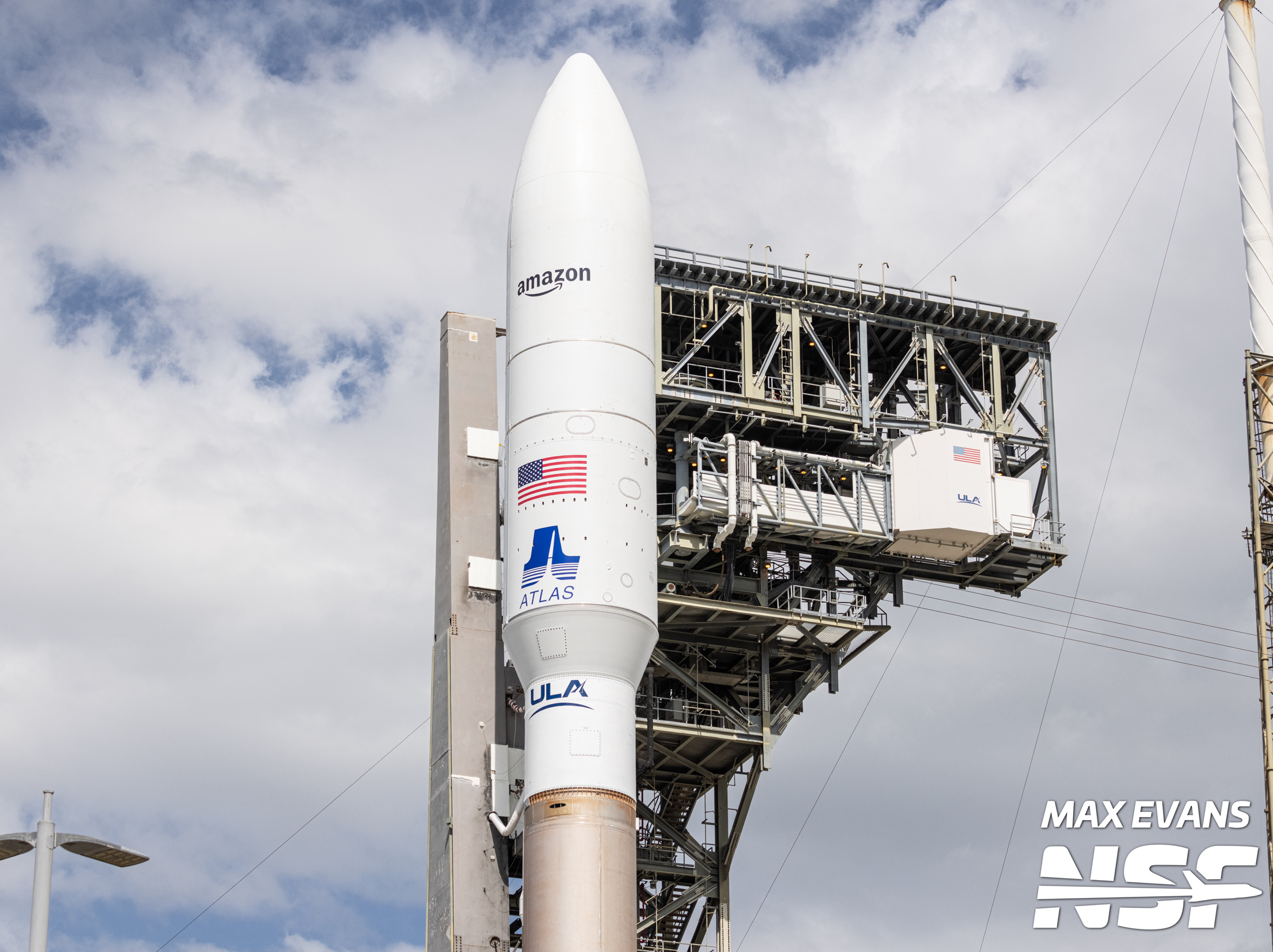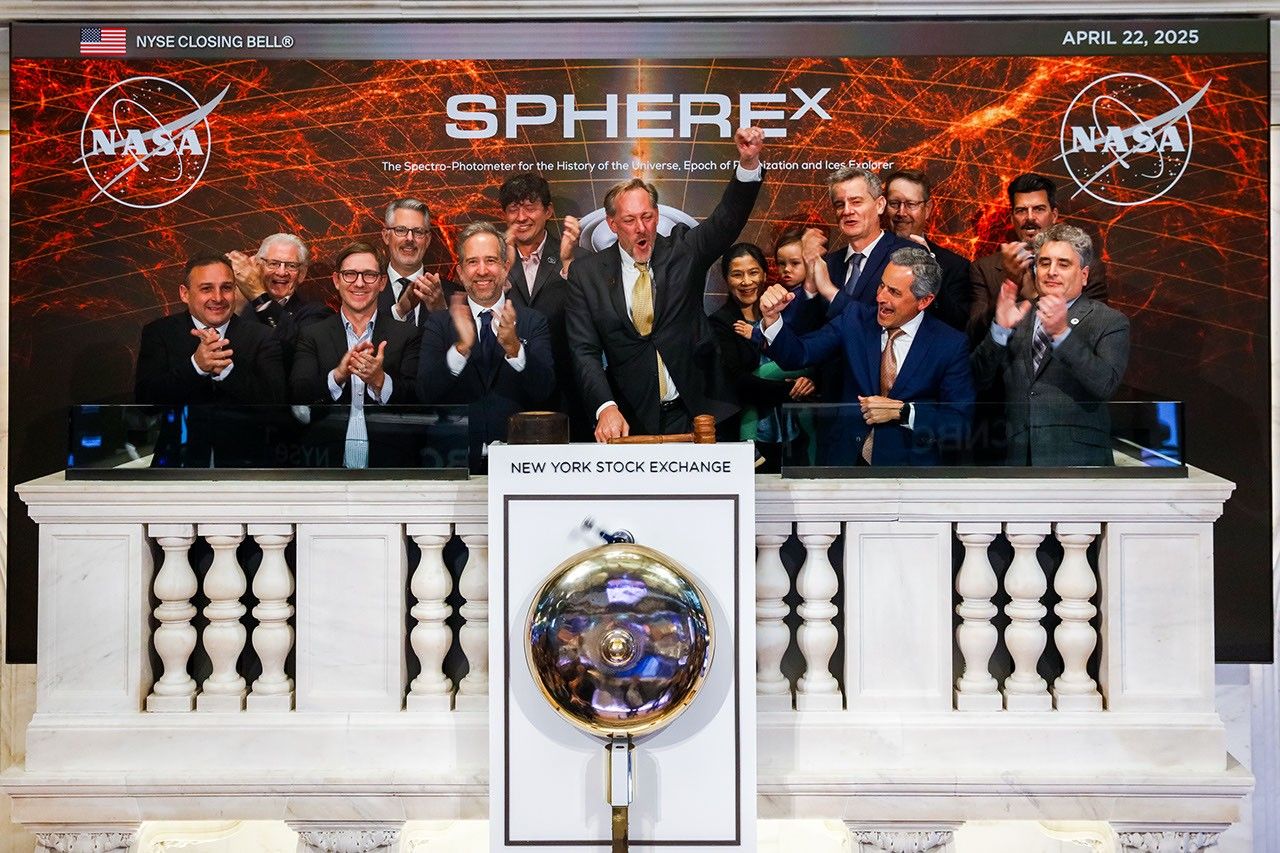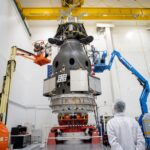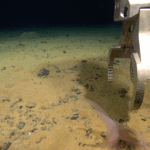Teams at NASA’s Michoud Assembly Facility in New Orleans move a liquid hydrogen tank for the agency’s SLS (Space Launch System) rocket into the factory’s final assembly area on April
Hot Posts103- Page
Artist’s illustration of a super-Earth exoplanet close to its red dwarf star. Now, astronomers have discovered a super-Earth orbiting farther out from its star than Saturn. This suggests that super-Earth
In anticipation of the upcoming 35th anniversary of the NASA/ESA Hubble Space Telescope, ESA/Hubble is continuing the celebrations with a new image of the Sombrero Galaxy, also known as Messier
Unleash Your Inner Beachcomber with the HUGLAZY 4th of July Outfit Glimpse summer with the HUGLAZY 4th of July Hawaiian Shirt, a delightful concoction of fun and functionality designed for
View larger. | False-color view of the hidden Mars volcano Jezero Mons. It is approximately 13 miles (21 km) across. It had been “hiding in plain sight” as a regular
2 min read Preparations for Next Moonwalk Simulations Underway (and Underwater) A digital rendering of the NASA-supported commercial space station, Vast’s Haven-1, which will provide a microgravity environment for crew,
The new remotely operated vehicle MARUM-QUEST 5000 shortly before its first dive in the North Atlantic. Photo: MARUM – Center for Marine Environmental Sciences, University of Bremen; M. Schröder The
SpaceNews produced the official Show Daily for all three exhibit days of the 40th Space Symposium at The Broadmoor in Colorado Springs, Co., April 7-10. Produced on-site by the SpaceNews veteran editorial
Amazon has made considerable strides with its Project Kuiper broadband communications mega-constellation, which is poised to challenge existing players in the satellite internet market, particularly SpaceX’s Starlink. With the first
The New York Stock Exchange welcomed team members from NASA’s SPHEREx (Spectro-Photometer for the History of the Universe, Epoch of Reionization and Ices Explorer) mission to celebrate the launch of
-
 012024 in Review: Highlights from NASA in Silicon Valley
012024 in Review: Highlights from NASA in Silicon Valley -
 02Panasonic Leica Summilux DG 15mm f/1.7 ASPH review
02Panasonic Leica Summilux DG 15mm f/1.7 ASPH review -
 03From Polymerization-Enabled Folding and Assembly to Chemical Evolution: Key Processes for Emergence of Functional Polymers in the Origin of Life
03From Polymerization-Enabled Folding and Assembly to Chemical Evolution: Key Processes for Emergence of Functional Polymers in the Origin of Life -
 04How New NASA, India Earth Satellite NISAR Will See Earth
04How New NASA, India Earth Satellite NISAR Will See Earth -
 05And Thus Begins A New Year For Life On Earth
05And Thus Begins A New Year For Life On Earth -
 06Astronomy Activation Ambassadors: A New Era
06Astronomy Activation Ambassadors: A New Era -
07SpaceX launch surge helps set new global launch record in 2024



